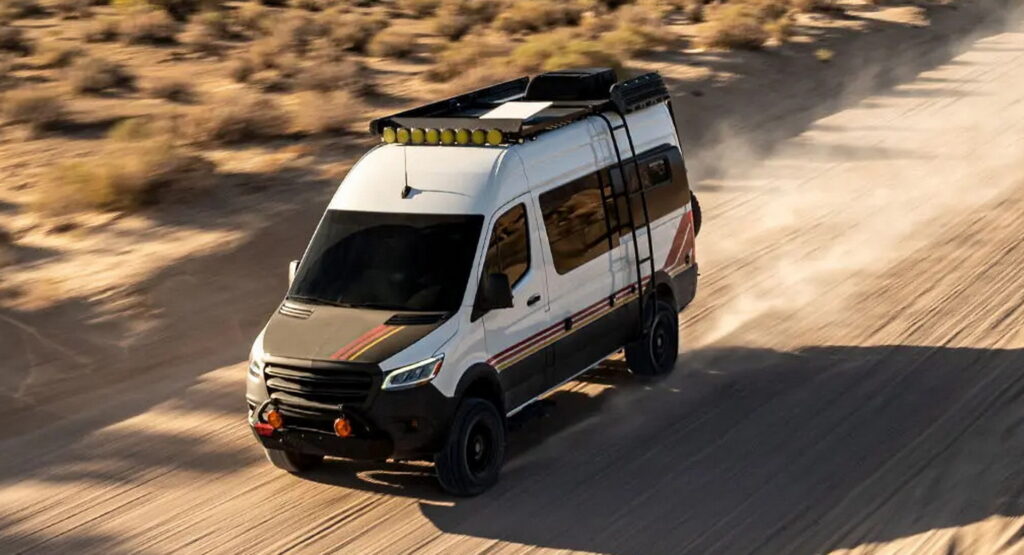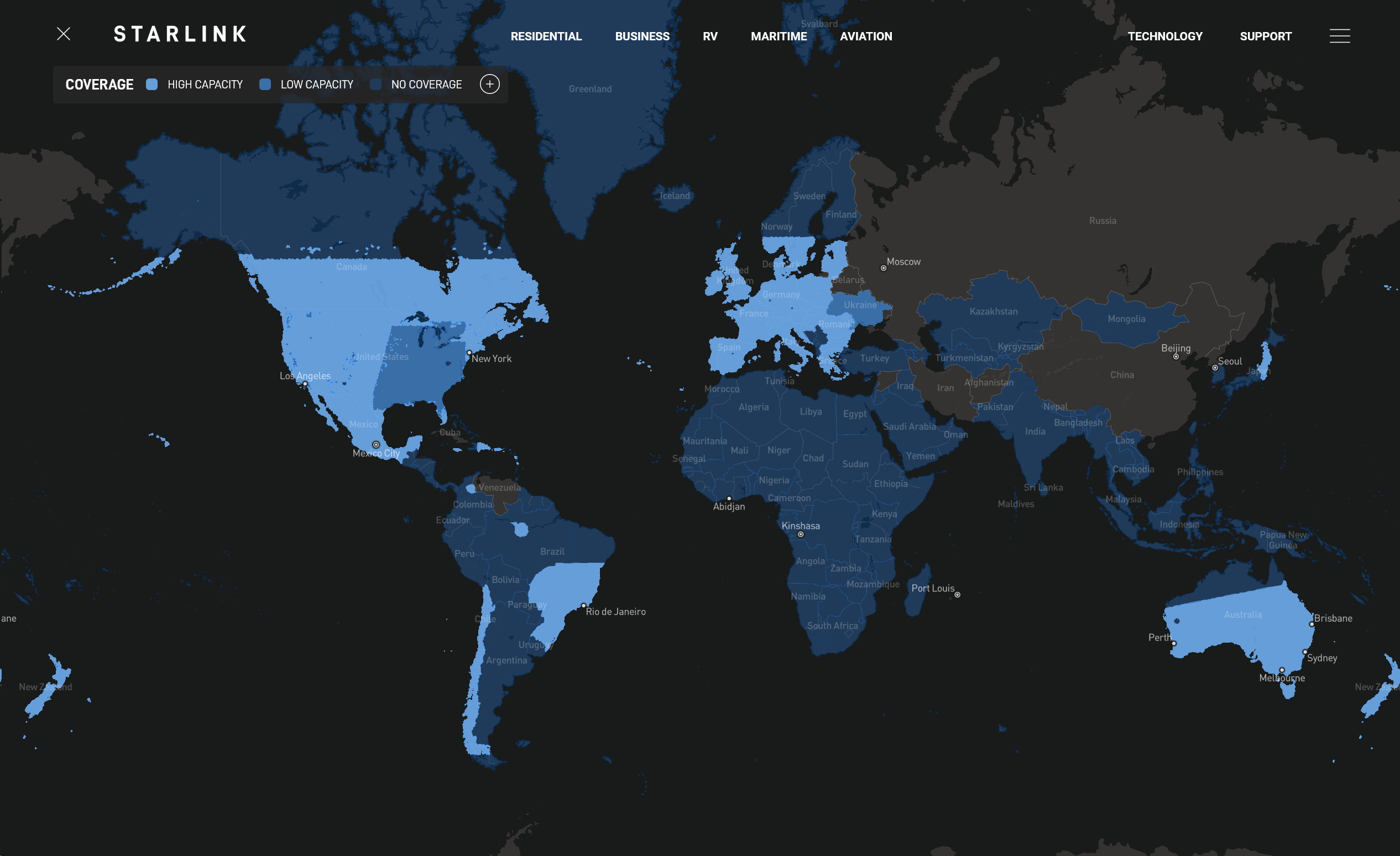Elon Musk’s SpaceX has improved its Starlink offering for recreational vehicles with the new “Flat High Performance” dish, that allows owners to connect to the internet while they are on the move.
Starlink has long offered a service for RVs with a $599 satellite dish from SpaceX. While that was useful for campers, it was not able to connect to the internet while a vehicle was on the move.
Starting in December, the Flat High Performance dish will allow owners to do just that. It’s a luxury that comes at a price, though, as the dish costs $2,500, or about four times more than the standard dish.
More: Toyota Driver Nabbed For Driving With Starlink Dish On Hood Said He Needed WiFi On The Road
Enjoy high-speed, low-latency internet while on the move! Now accepting orders for the flat high-performance Starlink, which provides connectivity while in motion on land → https://t.co/tWDPs3JDWK pic.twitter.com/z2HNxaizdW
— SpaceX (@SpaceX) October 25, 2022
Despite that higher initial price, monthly fees remain the same as the standard Starlink for RVs, which is $135 per month. That is, however, $25 per month more than the Starlink connection for a home.
SpaceX says that the new dish is designed for permanent installation on a vehicle, and its new shape allows for an up to 35 percent wider field of view than the standard dish, and enhanced GPS capabilities. That means it can connect to more satellites, allowing for more consistent connectivity while you’re on the move.
The dish is also designed to be weather-resistant, but it must be installed with the wedge mount included with the dish, lest you void your warranty. It’s unclear at this point just how involved the installation process is, but there could also be some cost associated with that, if you turn to a third-party RV dealer or the like.
The Flat High Performance dish will initially only be sold in “select markets,” and will become availbale in December 2022. Starlink RV only promises “high-speed, low latency” internet in certain areas, which includes much of Europe, and North America, albeit not the South, the Midwest, or Southern Ontario, Canada. Low capacity coverage is all that’s offered there, and in a number of other areas.





